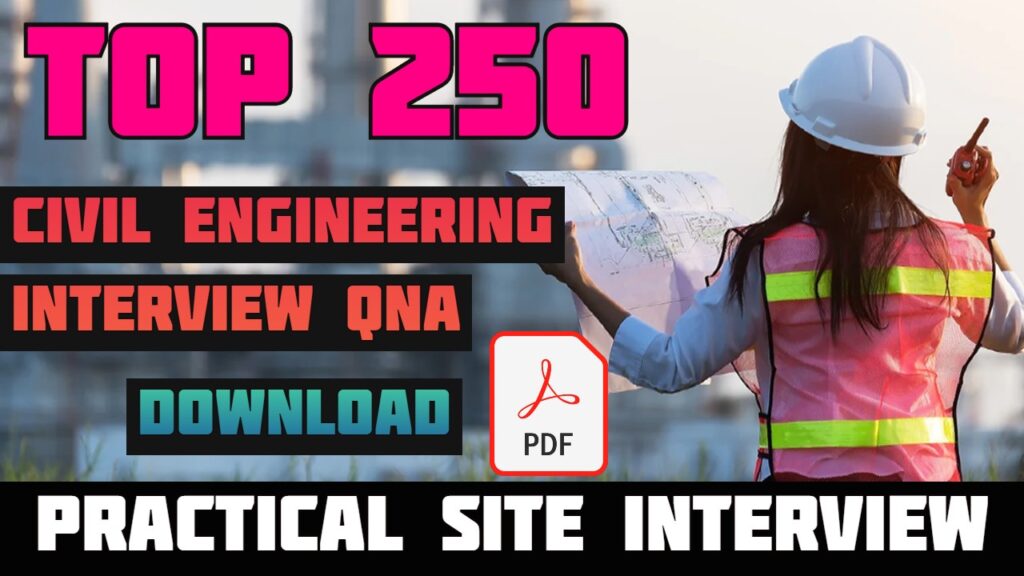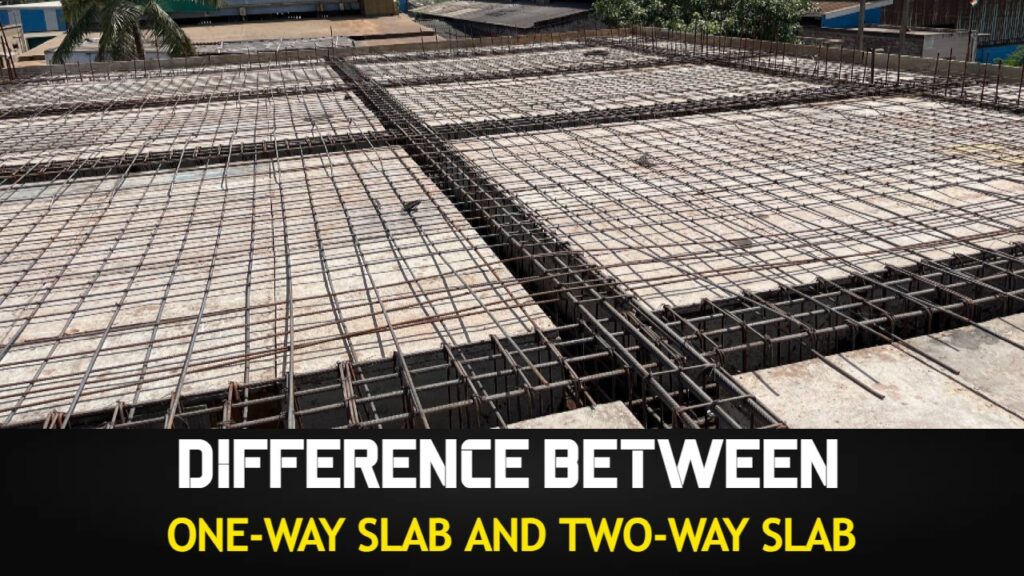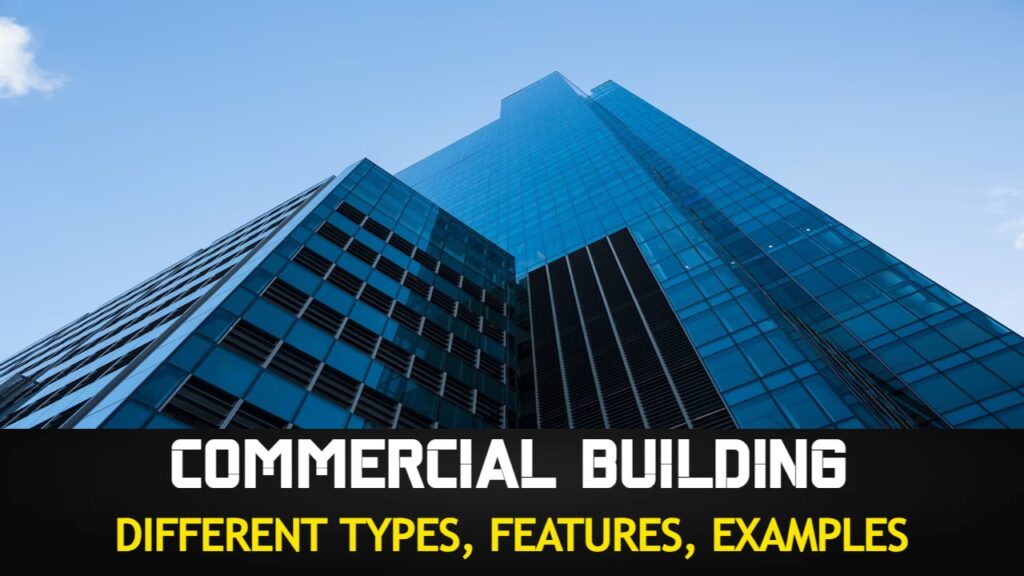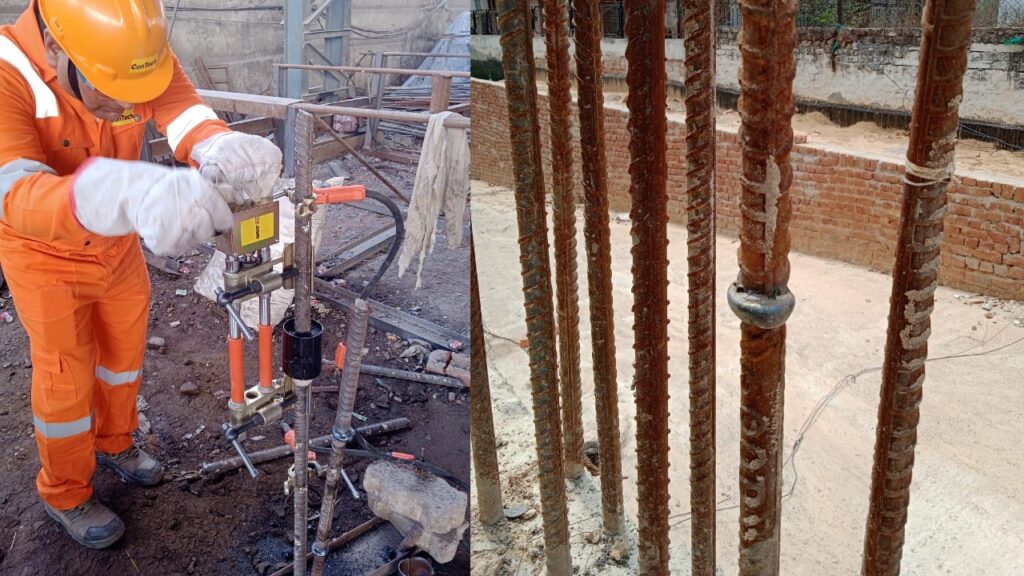
Contents
WELDING OF REINFORCEMENT
Butt Welding can be an effective method for joining reinforcement in columns, especially for larger diameter bars. Welding provides a strong bond between the bars and can help reduce the column’s overall size, which can be beneficial in certain designs. However, welding requires specialized equipment and skilled labor, which can increase construction costs.
When using welding to join reinforcement in columns, it is important to ensure that the welding is done correctly and in compliance with local building codes and standards. The welding process must be carefully monitored to prevent overheating or other issues that could compromise the strength and durability of the weld. Additionally, the design must consider the potential for welding-induced distortion or warping and account for this in the fabrication process.
Overall, welding can be a suitable method for joining reinforcement in columns, especially for larger diameter bars. However, it is important to consult with a qualified engineer or construction professional to determine the best method for a specific project and to ensure that the welding is done correctly and safely.
COUPLING OF REINFORCEMENT
Coupling can also be an effective method for joining reinforcement in columns, especially when welding or lapping are not suitable due to the size or spacing of the reinforcement bars. Coupling involves inserting a steel sleeve or mechanical coupler over the ends of the bars and then filling the sleeve with grout or epoxy to provide a strong bond.

One advantage of using coupling in columns is that it can be a quick and efficient method of joining reinforcement bars. The couplers can be easily installed on site and do not require specialized equipment or skilled labor. Additionally, coupling can reduce the column’s overall size and improve its structural efficiency.
When using coupling to join reinforcement in columns, it is important to ensure that the couplers are designed and installed correctly and in compliance with local building codes and standards. The design must consider factors such as the size and spacing of the reinforcement bars, the strength and durability of the couplers, and the properties of the grout or epoxy used to fill the sleeve.
Overall, coupling can be a suitable method for joining reinforcement in columns, especially when welding or lapping are not suitable. However, it is important to consult with a qualified engineer or construction professional to determine the best method for a specific project and to ensure that the couplers are designed and installed correctly and safely.
LAPPING OF REINFORCEMENT
Lapping can be used to join reinforcement bars in columns, but it may not be the best option, especially for larger diameter bars. Lapping involves overlapping two reinforcement bars and then binding them together with wire or tying them with steel ties.
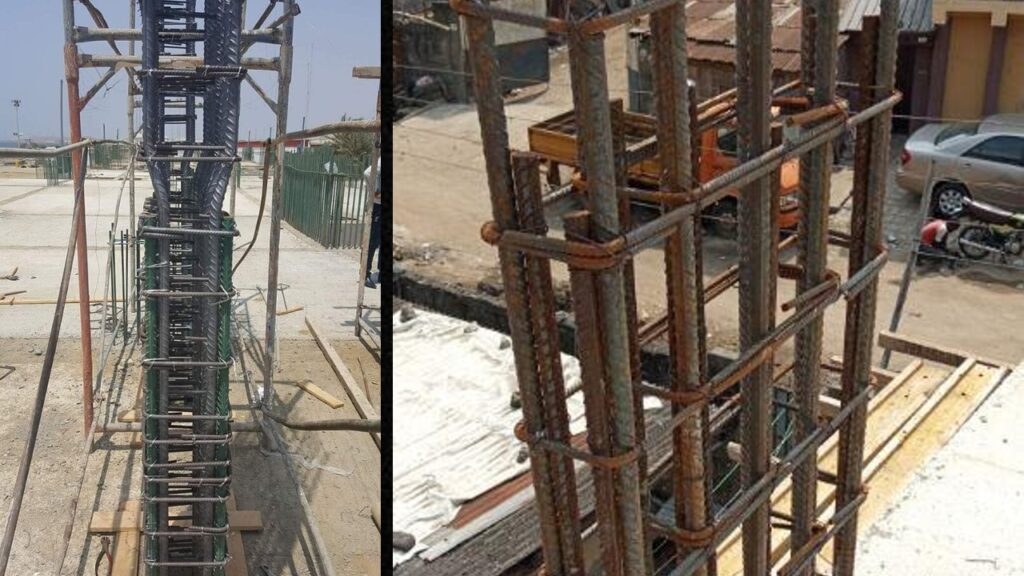
One disadvantage of using lapping in columns is that it can increase the column’s overall size, which can be inefficient in terms of space and material usage. Additionally, the required overlap length for lapping depends on the diameter of the bars, and the overlap length can increase significantly for larger diameter bars.
When using lapping to join reinforcement in columns, it is important to ensure that the overlap length is sufficient to provide the required strength and durability. The design must consider factors such as the size and spacing of the reinforcement bars, the required overlap length, and the type of binding or tying used to secure the bars together.
Overall, lapping can be a suitable method for joining reinforcement bars in columns, especially for smaller diameter bars. However, it may not be the most efficient method, and other methods such as welding or coupling may be more suitable for larger diameter bars or more complex designs. It is important to consult with a qualified engineer or construction professional to determine the best method for a specific project.
The choice between welding, lapping, or coupling of reinforcement in columns and slabs depends on several factors, including the design requirements, construction constraints, and local building codes.
Here is a brief overview of the three methods:
>> Welding: Welding is a process of joining two metal parts using heat and pressure. In reinforcement welding, two bars are joined together by melting the ends and fusing them together. Welding provides a strong bond between the bars, but it can be time-consuming and may require specialized equipment and skilled labor. Additionally, welding is not permitted in some regions due to safety concerns.
>> Lapping: Lapping involves overlapping two reinforcement bars and then binding them together with wire or tying them with steel ties. Lapping is a simple and cost-effective method of joining reinforcement bars, but it may not be suitable for all designs. The overlap length required for lapping depends on the diameter of the bars, and the overlap length can increase significantly for larger diameter bars.
>> Coupling: Coupling is a method of joining two reinforcement bars by inserting a steel sleeve or mechanical coupler over the ends of the bars. The sleeve or coupler is then filled with grout or epoxy to provide a strong bond. Coupling is a quick and efficient method of joining reinforcement bars and provides a strong bond between the bars. However, the couplers can be costly, and their use may be limited by local building codes.
In general, the choice of method will depend on the specific requirements of the design and the available resources and construction methods. In some cases, a combination of methods may be used to achieve the required strength and durability. It is important to consult with a qualified engineer or construction professional to determine the best method for a specific project.
Couplers Vs Lapping Vs Welding:
|
COUPLING |
LAPPING |
BUTT WELDING |
|
| Load Transfer |
VERY GOOD |
DEPENDS ON CONCRETE |
GOOD |
| Installation |
EASY |
MODERATE |
DIFFICULT |
| Strength |
HIGH |
LOW |
HIGH |
| Steel Required |
LESS |
MORE |
LESS |
| Stirrups Required |
LESS |
MORE |
LESS |
| Rebar Congestion | LESS | MORE | LESS |
| Supervision | EASY | MODERATE | DIFFICULT |
| Quality Control | HIGH | MODERATE | LOW |
| Cost | Medium | High | LOW |
| Wastage | LOW | High | LOW |
If You Want Detailed Knowledge Then Watch My Video On YouTube Channel: Learning Civil Technology. I Am Telling This Because Many Important Points I Have Covered During Making Of Video, So If You Want To Know In Detail Then Watch My Video On YouTube Which is Given Below.
If you have liked this post of mine, then use the social link given below and share it among your friends on social media. Thanks

